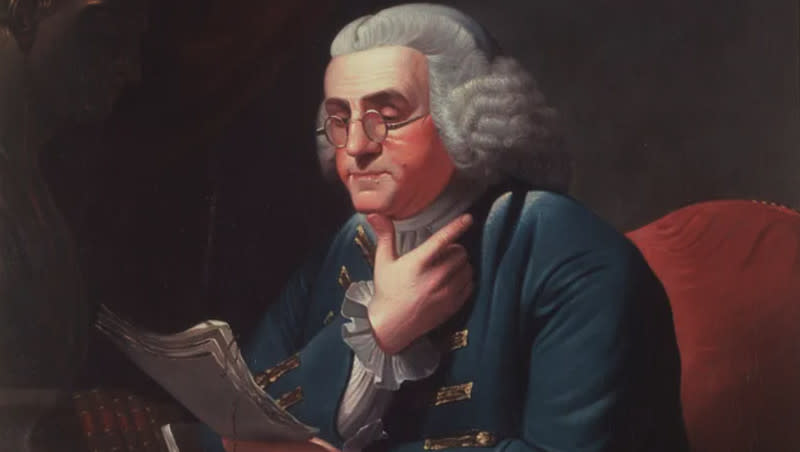Ever heard of the state of Franklin? More on the (almost) 14th state in the U.S.

- Oops!Something went wrong.Please try again later.
The area between the Allegheny Mountains and the Mississippi River has a complicated history that, if things turned out differently, could have been the 14th ratified American state, known as “Franklin,” according to the Smithsonian.
What was the lead-up to the state of Franklin?
While the United States was still in its formational years during the 18th and 19th centuries, communities outside of the established 13 colonies were not automatically part of the United States. Individuals in uncolonized areas had the option to either propose new states to the union or create their own sovereign republics, per the Tennessee Historical Quarterly.
Meanwhile, U.S. Congress was nearly broke because of the Revolutionary War. To help out Congress with its massive debt, North Carolina decided to cede three of its counties to the federal government in June 1784, according to the Constitution Center. The federal government had two years to accept the land, but the offer was rescinded several months later in the fall.
Related
Why was the state of Franklin created?
While North Carolina legislators were discussing ceding land to the federal government, people in those counties (which is now eastern Tennessee) began discussing plans of self-government, and in December 1784, they declared themselves the “State of Franklin.”
The Encyclopedia of North Carolina explains that due to slow communication, members of the December convention were unaware that the North Carolina legislature rescinded the April Cession Act the previous month.
Why was the state named Franklin?
The state was originally called “Frankland” and was given the slogan, “The land of free men.” A map from the Tennessee Virtual Archives shows the geographic boundaries of Franklin and Frankland.
Frankland was a rejected state proposal in North Carolina, Virginia and Georgia. Franklin was a more refined and longer lasting version of Frankland that existed from 1784 to 1788 in Tennessee and North Carolina. In order to gain more traction, leaders proposed using the name “Franklin” in Benjamin Franklin’s honor, and fixed the name at the Second Constitutional Convention at Greeneville in 1785.
What was the state of Franklin’s path to statehood?
In March 1785, Franklin pursued admission into the Union and sent a representative to the Continental Congress. The vote fell short, according to the Smithsonian.
Franklin tried again two months later in May 1785, when they petitioned Congress for statehood. HeinOnline explained that though a majority of the 13 U.S. provinces voted in favor, it was still less than the required two-thirds majority.
After these attempts, the state of Franklin struggled for another several years until 1789. At that time, all of its original land had rejoined North Carolina.
Why did the state of Franklin fail?
Although the state was unchecked by the federal government, it began operating as though it was ratified by Congress. According to ThoughtCo, it “created courts, annexed new counties, assessed taxes, and negotiated several treaties with Indigenous tribes in the area.”
While it had some of the necessary aspects of a functioning state, it lacked economic infrastructure and allowed all citizens to live tax-free for the first two years in the state. The state was also unable to offer military protection.
By 1786, North Carolina began incentivizing Franklin citizens to return to their former government, and offered to waive all taxes from the time they were away if the state of Franklin would sign an agreement to dissolve. The state refused, but by 1787, many citizens and leaders had returned to North Carolina.
While Franklin never became what it aspired to be, “it did contribute to the inclusion of a clause in the U.S. Constitution regarding the formation of new states,” per the Smithsonian.
Related

